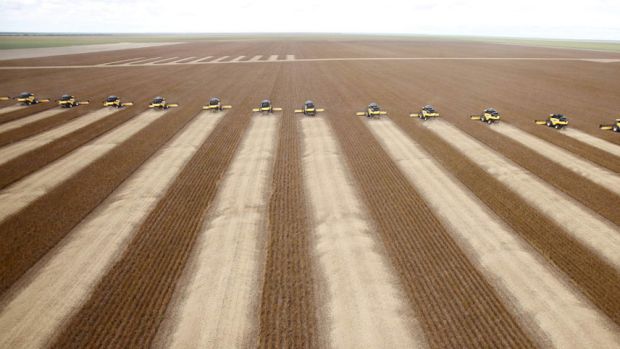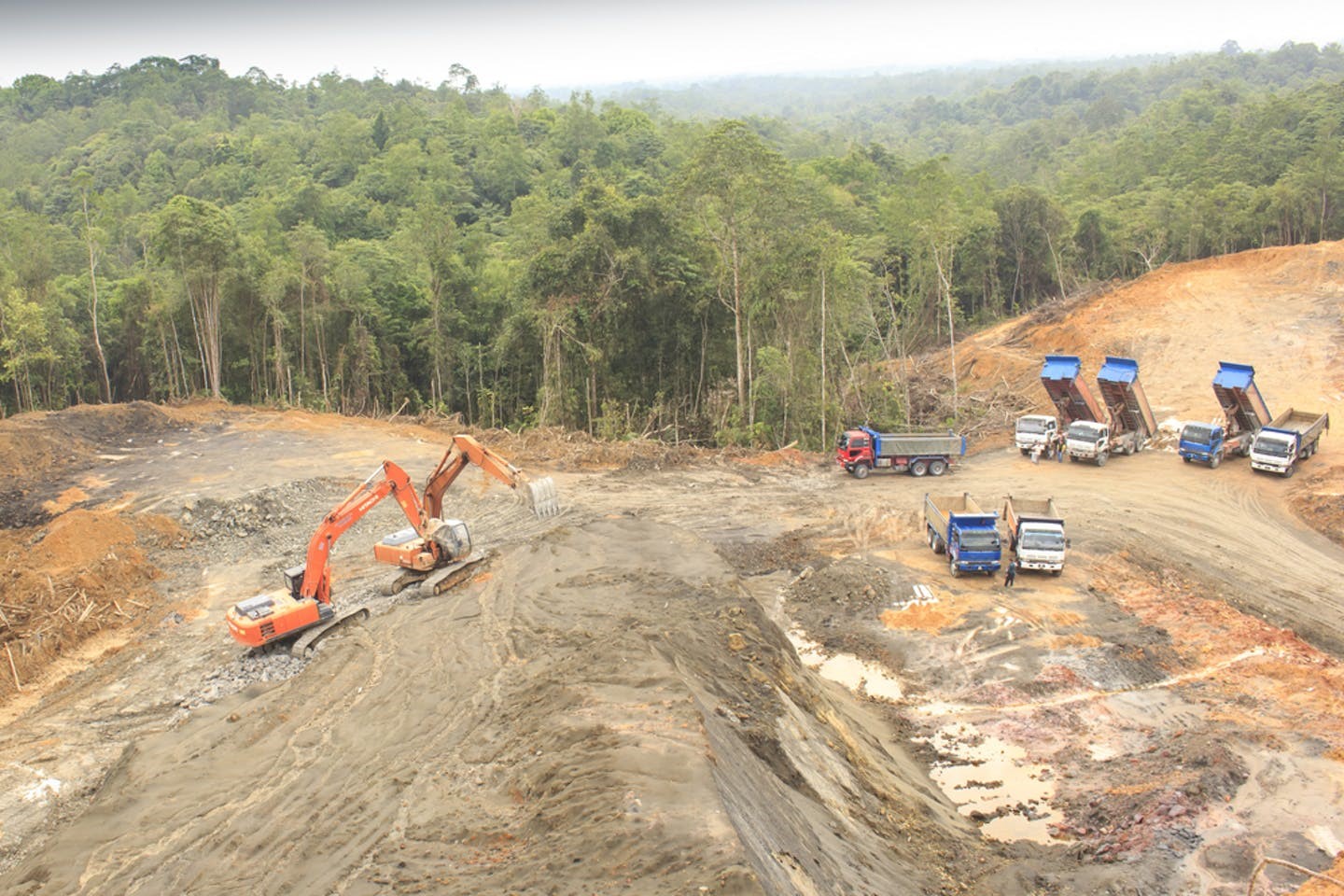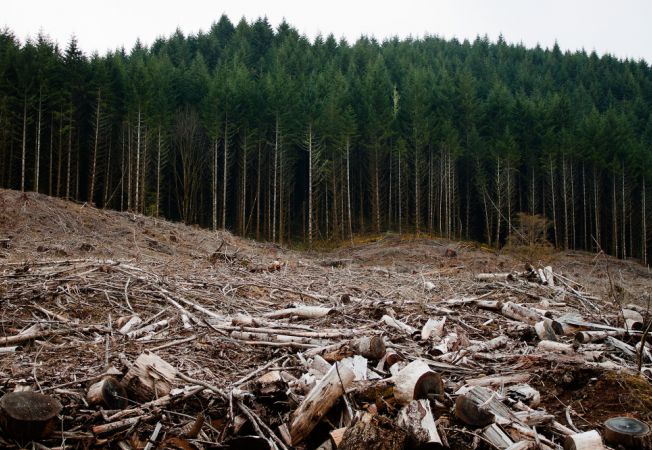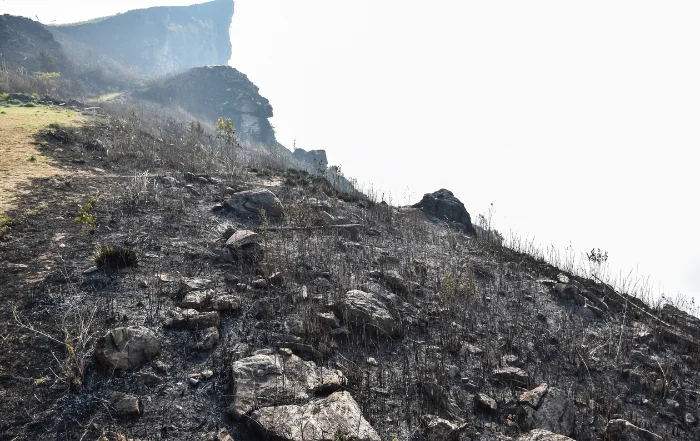Forests are not only majestic and biodiverse ecosystems but also crucial in mitigating climate change. However, they are disappearing at an alarming rate. While agriculture has often been blamed for deforestation, a recent study published in the journal One Earth reveals that the issue extends beyond farming.
The research highlights the significant role played by industries such as mining, manufacturing, and trade in driving forest loss. In this article, we delve into the findings of this study to understand the various factors threatening our forests and the need for comprehensive conservation strategies.
The Wider Picture: Beyond Agriculture
Contrary to popular belief, agriculture alone can’t, and shouldn’t, shoulder the blame for forest loss.
The study indicates that over 60% of forest loss associated with the 2014 global economy was linked to the consumption of non-agricultural products like minerals, metals, and wood-related goods.
This revelation emphasizes the necessity of considering international trade markets when devising conservation strategies.
Unraveling the Complexity

The researchers employed geographic information data and economic modeling to examine the direct and indirect causes of intact forest landscape loss. Intact forests are of paramount importance due to their rich biodiversity, resilience to natural disturbances, and exceptional carbon storage capabilities.
By shifting the focus from deforestation to intact forest landscapes, the study sheds light on the often overlooked threats of degradation and fragmentation.
The Ripple Effect of Forest Fragmentation
Even the partial removal of forests can have far-reaching consequences, affecting the overall structure, composition, and ecological balance. The authors of the study highlight that intact forest landscape loss can indirectly contribute to carbon emissions and biodiversity loss.
Recognizing the immense conservation value of intact forests, it becomes evident that addressing the displacement of intact forest loss is crucial for tackling these environmental challenges.
The Unseen Culprits

While it is widely acknowledged that beef production drives deforestation in the Amazon, the study reveals hidden connections between consumer goods and intact forest loss.
For instance, the production of complex equipment may involve timber and metals sourced at the expense of intact forests. Additionally, the provision of services in tertiary sectors might rely on electricity generated from oil and gas associated with forest loss.
These indirect links between intact forest loss drivers and individual consumers emphasize the need for government intervention and supply-chain interventions to address the dispersed nature of the problem.
Call to Action
The study underscores the urgency of stronger government engagement and proactive measures to intervene in the complex supply chains driving forest loss. It emphasizes the importance of comprehensive conservation strategies that consider not only agricultural practices but also the impacts of mining, manufacturing, and trade on intact forests.
More To Discover
- Planting Trees in the Wrong Places Can Warm the Planet
- Indonesian Court Just Gave 65,000 Acres of Indigenous Ancestral Forests to a Palm Oil Company
- The Palm Oil Predicament: The Problem With The World’s Most Consumed Plant Oil
- Vanuatu Stops Chinese Logging Firm Amid Theft Claims and Workers In Chinese Military Uniforms

Recognizing the interconnectedness of our global economy and its environmental consequences, individuals and governments alike must prioritize sustainable consumption, support responsible sourcing, and advocate for stronger environmental regulations.
To protect our forests, we must broaden our understanding of the multifaceted factors contributing to their loss. By going beyond the conventional focus on agriculture, we uncover the hidden threats posed by various industries and international trade. It is imperative that we adopt an integrated approach that addresses the complex web of factors driving forest loss.
Only through collective efforts, sustainable practices, and informed policy decisions can we preserve the invaluable biodiversity, carbon storage, and ecological functions of our remaining intact forests. Let us act swiftly to safeguard our forests and ensure a sustainable future for all.



















